What cardio machine helps you burn over 500 calories in an hour—other than a treadmill or stationary bike? If you guessed the rowing machine, gold star for you. That’s why rowing machine workouts made a major comeback in the cardio world, says Deirdre Clute, former instructor at Row House in New York City. “Everyone wants to use a rowing machine because not only do you reduce the risk of injury because it’s low-impact, but it’s also a great mix of strength and cardio endurance,” she says. “You can constantly challenge yourself and always have room to push a little more.”
For those of you still wondering: But is a rowing machine a good workout. In a word, yes! But don’t take my word for it. The rowing machine workout benefits speak for themselves. “Each stroke is building strength in your legs, core, back and arms,” says Clute. “The harder you push, the greater the resistance, and the better your workout is going to be.” The push she’s talking about is level of effort. Rowing isn’t about speed, but rather control and power, she says. Think: strong, steady, consistent strokes for the long haul, as opposed to all out effort for just a little while.
But before you hop on a rowing machine, it’s important to know how to navigate the machine. Here are some lingo to know that’ll likely come up in a basic rowing machine workout.
Basic Rowing Machine Terms To Know
ERG: Indoor rowers can also be called ergometers, or ERGs for short, because the act of rowing is erging. #themoreyouknow.
Stroke: The actual act of rowing. When done properly, each stroke can be broken down into three sections, says Clute. Here’s a quick breakdown of proper rowing form:
Stroke Rate: How fast you row through each stroke. Keep in mind that faster isn’t always better. “A higher stroke rate doesn’t necessarily mean you’re trying any harder,” says Clute. It’s better to focus on power first, speed second, if you’re looking to build strength all over.
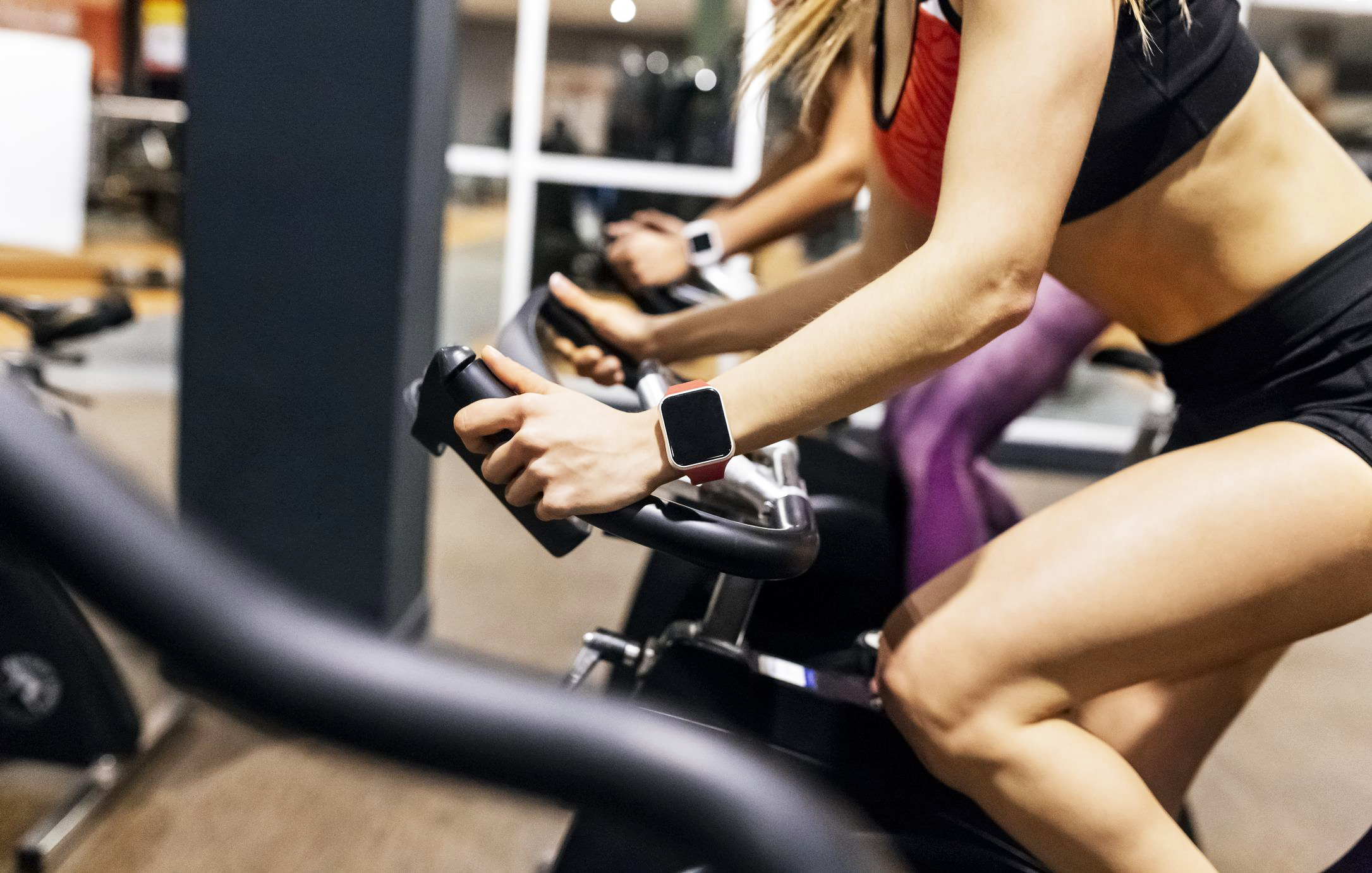
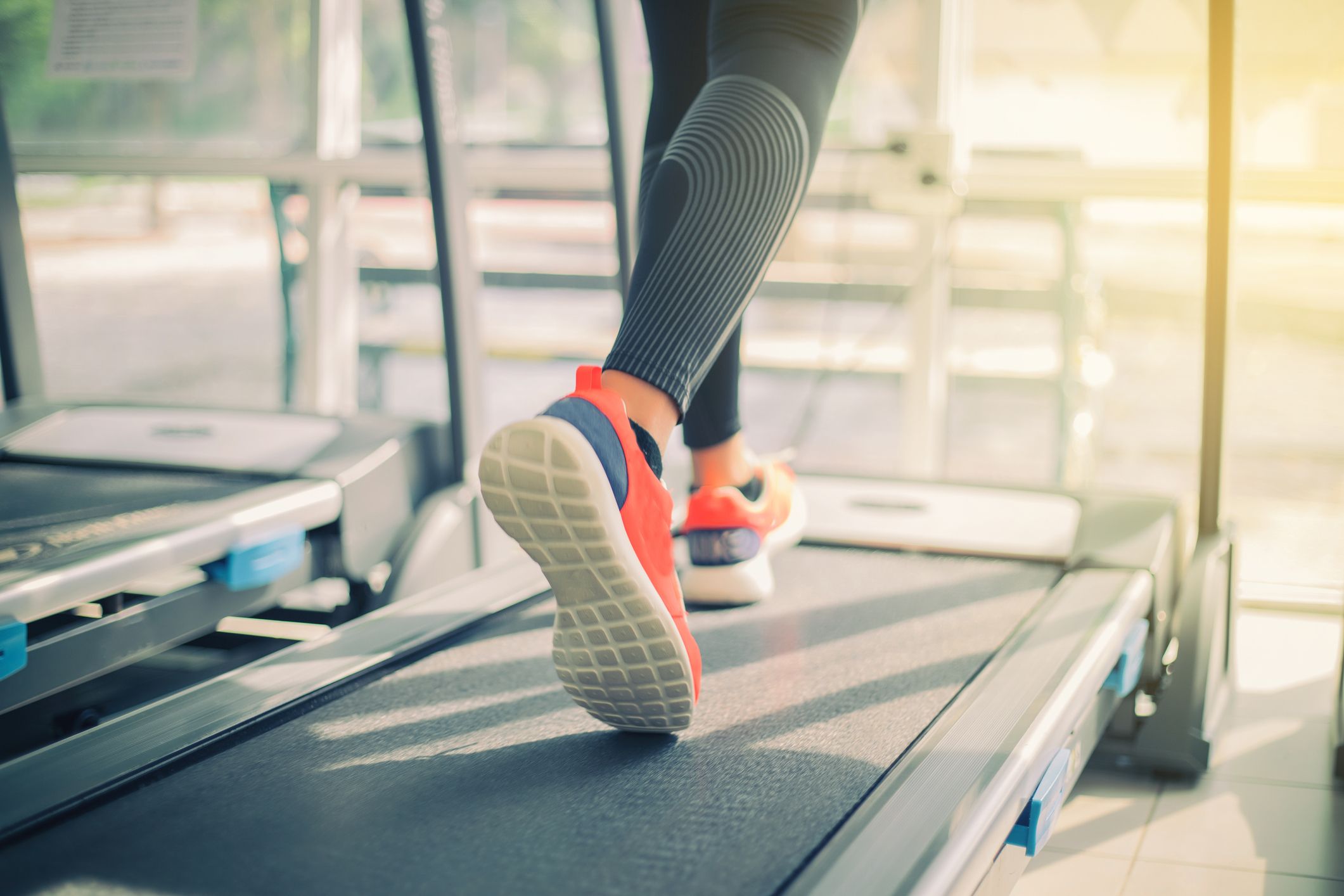
Split Time: The amount of time it takes to row 500 meters. You can often find this number in the middle of your monitor.
Power 10s: A common part of a rowing workout, it involves busting out ten strong strokes. Again, focus on strength here. “Your legs really drive the movement, and you want to explode through the beginning of your stroke,” she says. “Power should be driving 60 percent from your legs, 30 percent from the core, and just 10 percent with your arms.”
30-Second Blast: This is exactly what it sounds like: Going all-out for 30 seconds, working to get your split time as low as possible.
Btw, if you’re in the market for a new rower, check out some of the best:
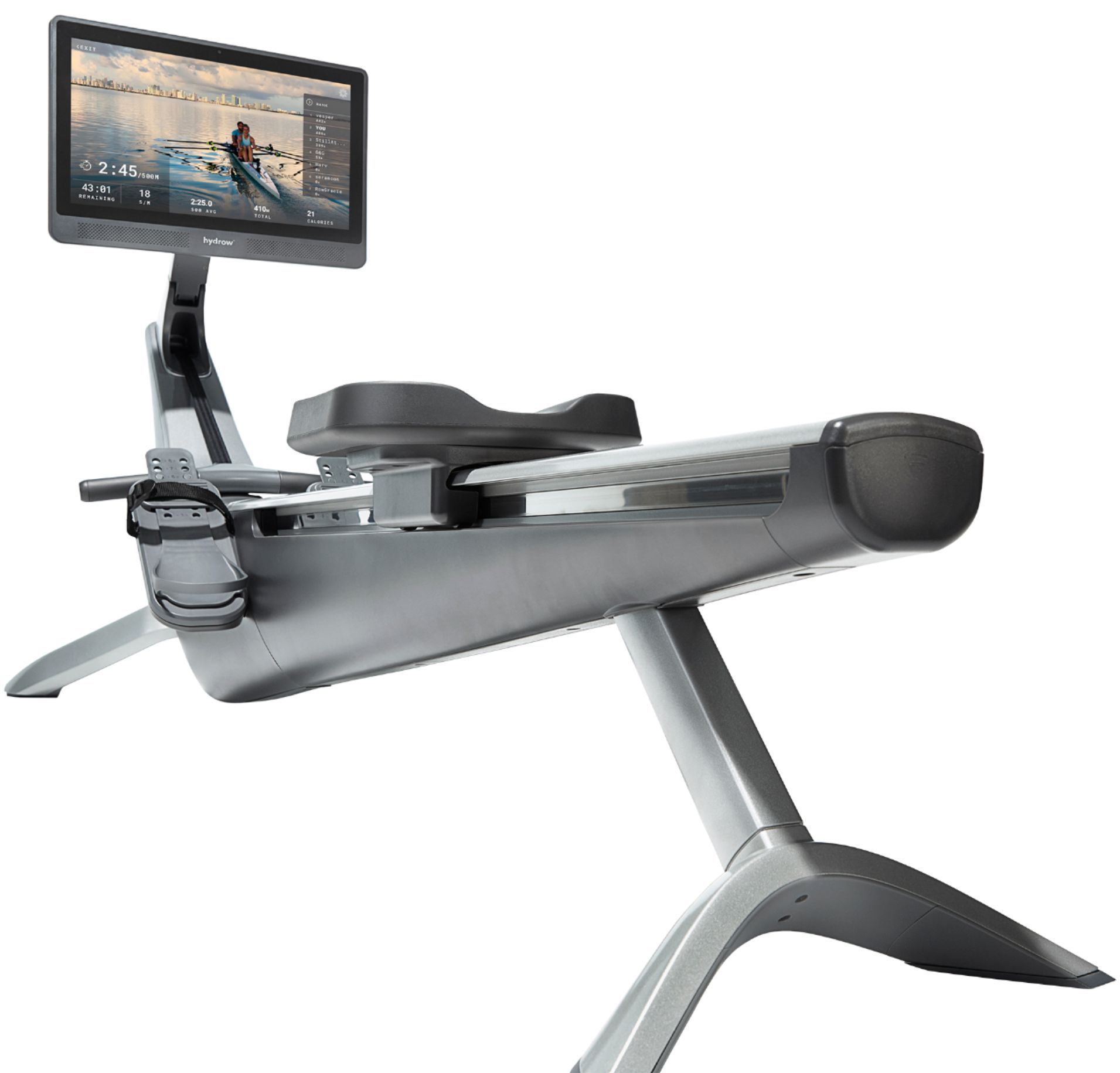 Connected RowerHydrowbestbuy.com$2,199.00SHOP NOW
Connected RowerHydrowbestbuy.com$2,199.00SHOP NOW
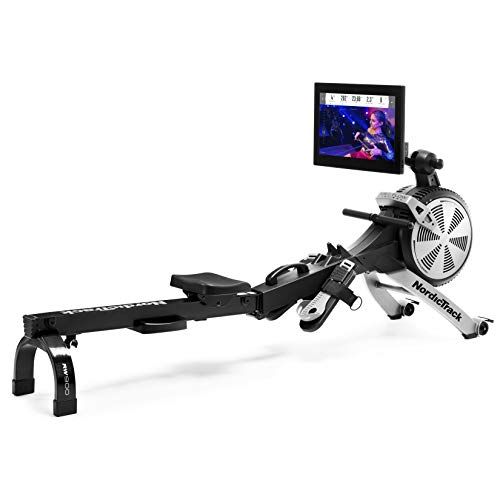 RW900 RowerNordicTrackamazon.com$1,599.00SHOP NOW
RW900 RowerNordicTrackamazon.com$1,599.00SHOP NOW
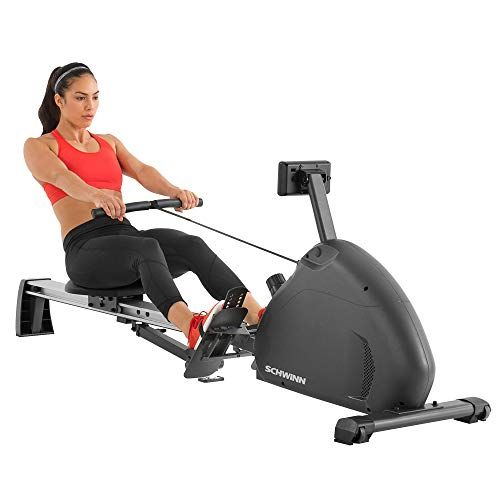 Crewmaster Rowing MachineSchwinnamazon.com$499.99SHOP NOW
Crewmaster Rowing MachineSchwinnamazon.com$499.99SHOP NOW
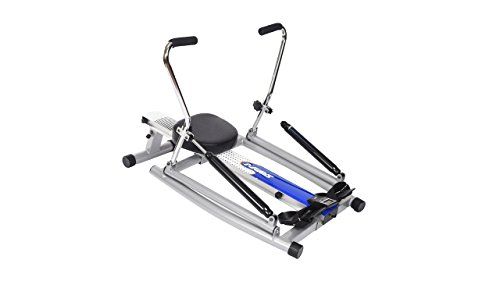 35-1215 Orbital Rowing MachineStaminaamazon.com$230.99SHOP NOW
35-1215 Orbital Rowing MachineStaminaamazon.com$230.99SHOP NOW
Okay, now, on to the good stuff—the workouts!
30-Minute Rowing Machine Workout
Clute designed this 30-minute interval workout for folks who need to squeeze in a muscle-quivering sweat-fest in a short amount of time. As you move through it, she says it’s key to not forget about your breath. “Try to set up a steady cadence. It’ll put you in a rhythm for when the workout starts to feel harder,” she says. “I like to breathe out as I push to the back of the rower, and breathe in during the recovery return to the front.”
You’ll sweat through four 3-minute rounds, followed by 30-seconds at an all-out effort, and 1 minute of easy recovery. “The purpose of 3 minutes is to prepare your body for the max effort you’ll give for 30 seconds, and to challenge yourself to stay strong over a sustained period of time,” says Clute. “Rather than holding a steady pace, try to build up your effort throughout the three minutes, getting stronger every minute.”
Warm-up:
- 0:00 – 2:00 Easy Strokes
- 2:00 – 7:00 4 Power 10s (ten strong strokes), resting 20-30 sec in between
Main Set:
- 7:00 – 10:00 3 Minutes Strong:
- 1 min at 7 percent effort (15 sec slower than your fastest split)
- 1 min at 80 percent effort (10 sec slower than your fastest split )
- 1 min at 90 percent effort (5 sec slower than your fastest split)
Cooldown:
- 29:00 – 30:00+ Active recovery, easy strokes
HIIT Rowing Machine Workout
This HIIT workout created by Annie Mulgrew, director of programming at City Row, takes you from the rowing machine to the floor for split squats, incline pushups, and more. After a five-minute dynamic warm-up, do the circuit three to four times, depending on your fitness level. Make sure your transitions are quick with only 30 seconds of rest in between intervals. Oh, and don’t forget to finish with at least three to five minutes of stretching, too.
 Women’s Health
Women’s Health
Power Stroke Rowing Machine Workout
This basic rowing machine workout from Gretchen Raddatz, a coach at the boutique rowing studio Row House in New York City is all about using your muscle to generate as much force as possible. “These are fast, hard strokes that explode back,” says Raddatz. While your rhythm should stay the same throughout the interval, you’ll push harder with your feet and pull harder with your core and arms to row faster.
Warm-up
- 5-minute dynamic warm-up off your machine.
- 5–10 minutes of easy, steady state strokes.
Main Set
- 10 power strokes at 24 SPM
- 10 recovery strokes. (You can find your strokes per minute or SPM on the rowing.)
- 10 power strokes at a 26 SPM
- 10 recovery strokes
- 10 power strokes at 28 SPM
Cool Down
- 5–10 minutes of easy, steady state strokes
- 5–10 minutes of static stretching
Ladder Drill Rowing Machine Workout
Here’s another awesome workout from Raddatz. “This gets you up to quicker paces, which increases calorie burn,” Raddatz says. “You’ll move from an aerobic zone to a sprint-style anaerobic zone.”
Warm-up
- 5-minute dynamic warm-up off your machine.
- 5–10 minutes of easy, steady state strokes.
Main Set
- Start rowing at a low speed of 22 strokes per minute, and go up one stroke every 30 to 60 seconds until you reach 30 strokes per minute.
- Once you hit 30, reverse course and head back down the ladder, until you reach 22 strokes per minute.
Cool Down
- 5–10 minutes of easy, steady state strokes
- 5–10 minutes of static stretching
Source: Read Full Article
